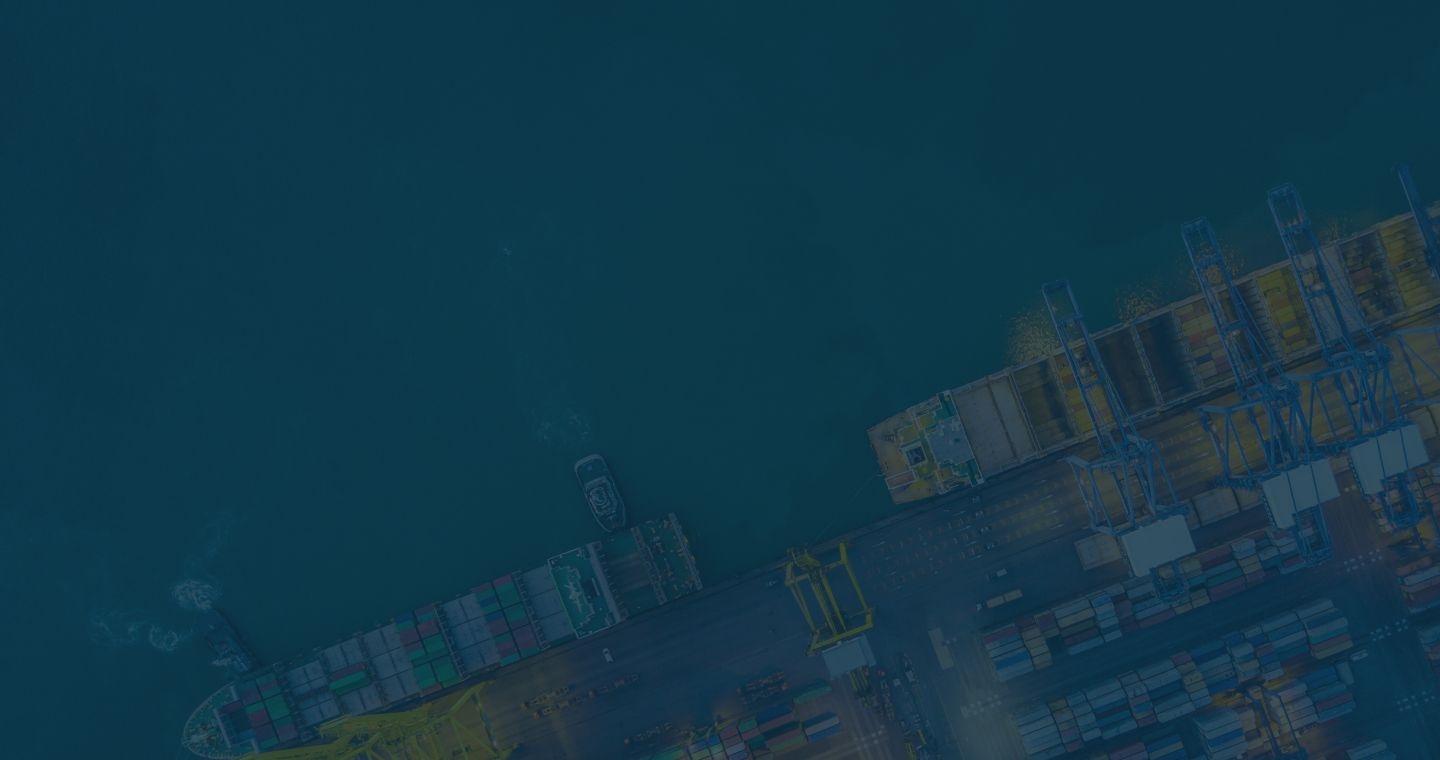
Container Shipping to Belgium — Get Instant Quotes



Why Choose iContainers for Shipping to Belgium?
Belgium’s twin-hub gateway—Port of Antwerp-Bruges (Antwerp + Zeebrugge)—handled 3.4 million TEU in the first quarter of 2025 alone, up 4.5 % YoY (container-news.com) and closed 2024 with total cargo throughput of 278 million t despite a difficult market (newsroom.portofantwerpbruges.com). With on-dock rail to all of Europe and dense inland-barge links, importers cut days off their door-to-door lead-times.
- Instant FCL & LCL quotes to Antwerp (BEANR) or Zeebrugge (BEZEE)
- In-platform guidance for EU customs + Belgium’s 21 % VAT (vatlive.com)
- Door deliveries across Benelux, Germany & France via barge, rail or truck
- Air-freight fallback through Brussels (BRU) or Liège (LGG) when speed beats cost
Our Container Shipping Services to Belgium
Full Container Load (FCL)
High-volume shippers land sealed 20', 40', 40'HC and reefer boxes directly at Antwerp or Zeebrugge, tapping Europe’s largest petro-chemical cluster and deep-sea berths for 23 000 + TEU vessels (newsroom.portofantwerpbruges.com).
Less-than-Container Load (LCL)
SMEs ship < 15 m³ on weekly LCL consolidations that depend on bonded depots at Antwerp, cutting freight spend by up to 50 %.
Popular mode: FCL still dominates chemicals and automotive parts; LCL demand is climbing among Amazon-EU and Shopify sellers.
Key ports / airports served: Antwerp, Zeebrugge; urgent cargo via Brussels Airport (BRU).
Typical cargo: Packaged medicaments, cars, petro-chemicals, machinery, consumer electronics—Belgium’s top import categories (oec.world).
Transit-time snapshots:
- Shanghai → Antwerp: ≈ 38–40 days on AE6/MSC Griffin servicesmaersk.com
- New York → Antwerp: ≈ 13 days on weekly trans-Atlantic loopsmsc.com
Country-specific note: EU Import Control System 2 (ICS2) security filings now required pre-arrival—submit data at least 24 h before loading.
Alternative option: Air freight trims door-to-door to 3–5 days via BRU for high-value pharmaceuticals and time-critical spares.
Container shipping rates to Belgium
How much does it cost to ship a container to Belgium?
How Long Does It Take to Ship a Container to Belgium?
- East Asia → Belgium: ~ 38–40 days
- U.S. East Coast → Belgium: ~ 13–16 days
- North Europe short-sea: 1–3 days feeder from Rotterdam / Hamburg
Air freight door-to-door: 3–5 days via BRU / LGG.
Popular Routes and Ports for Shipping to Belgium
Asia–North Europe loops (e.g., MSC Griffin, Maersk AE6) call Antwerp every week, while trans-Atlantic services link New York, Savannah and Norfolk to Antwerp & Zeebrugge. Inland barges move boxes to Brussels, Liège and the Rhine in ≤ 48 h, reducing truck mileage.
Steps to Book Your Container Shipment with iContainers
- Quote: Enter origin, destination, cargo specs.
- Docs: Upload commercial invoice, packing list & HS codes.
- Book & Pay: Confirm sailing and pay securely online.
- Track: Monitor vessel milestones and customs status 24/7.
- Clear: EU customs & VAT settlement (self-clear or via our broker).
- Deliver: Arrange last-mile trucking or barge to warehouse, FTZ, or Amazon EU fulfilment centre.
What Can You Ship in a Container to Belgium?
Common commodities
- Pharmaceuticals
- Automotive parts
- Chemicals
- Machinery
- Electronics
- Cocoa & coffee
Restricted / Prohibited
Counterfeit brands, hazardous waste, dual-use goods without licence, endangered timber species.
FAQs About Shipping Containers to Belgium
Most goods enter at 0–5 % duty plus 21 % VAT on the CIF value; our quote tool estimates both. ([vatlive.com)](https://www.vatlive.com/vat-rates/european-vat-rates/
Yes—below 15 m³ you avoid paying for unused FCL space, typically saving 40–60 %.
Not mandatory, but strongly advised—add door-to-door cover at checkout.
Reserve space 6–8 weeks ahead of November/December to avoid roll-overs and rate hikes.